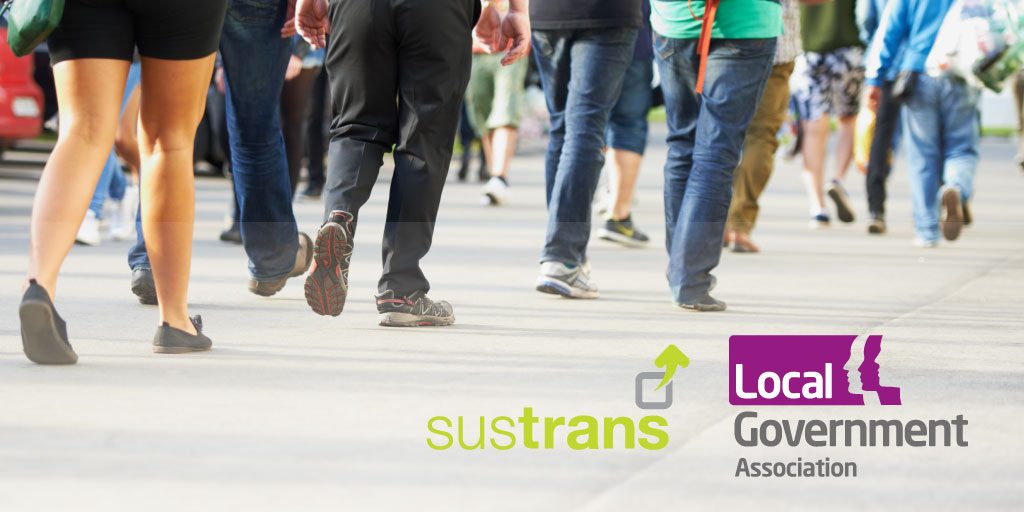Sustrans and Transport for All have been commissioned by the Local Government Association (LGA), detailing the barriers people face accessing footways. For local authorities, it looks at the challenges they are facing when making footways accessible.
Making footpaths available to pedestrians increases the likelihood that people will take sustainable, active travel options rather than using their cars. The key points from their report are:
- It highlights the threat to public safety from vehicles parked on footways, especially for vulnerable pedestrians who are forced to enter roads to get around.
- Parking on the pavement creates a hazard for people walking and wheeling. This puts them at a greater risk of collision and injury.
- Pavement parking is especially challenging for disabled people and for children in buggies.
- Over two-fifths of disabled people experience problems reaching their destination due to pavement parking. 73% of disabled people believe fewer vehicles parked on the pavement would help them walk or wheel more.
- The report calls for an end to discrimination of pavement parking and for local authorities to be given greater powers to address the issue.
- It has been over three years since a government consultation on pavement parking and there have been 15,000 responses demonstrating concern.
If we are to create sustainable local environments for active travel, it’s essential that the government act today to protect our local footways. To find out more about how you can promote active travel in your school, check out all the services we offer!



